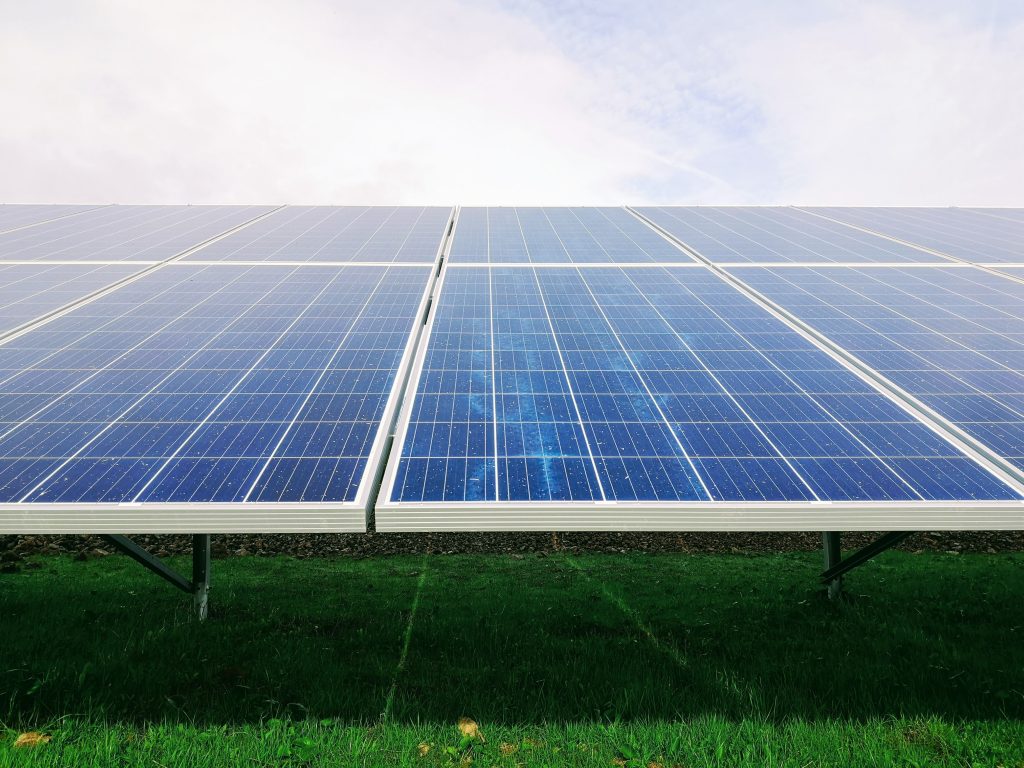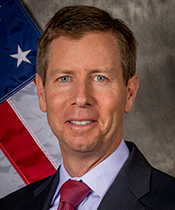In recent weeks, the Atlantic Council Global Energy Center convened two back-to-back events that addressed the coronavirus and oil price impacts on the clean energy future, underlining opportunities for green investment in forthcoming economic recovery packages. On Monday, April 6, Julia Pyper, Global Energy Center senior fellow and contributing editor at Greentech Media, moderated a discussion with Ethan Zindler, head of Americas at Bloomberg NEF, Rich Powell, executive director at the ClearPath Foundation, Adnan Amin, former director general of the International Renewable Energy Agency (IRENA) and distinguished fellow at the Atlantic Council Global Energy Center, and Rachel Kyte, former CEO and special representative of the United Nations (UN) secretary general for Sustainable Energy for All, and dean at the Fletcher School of Law and Diplomacy. Panelists discussed the future of clean energy deployment, sustainable finance, and subsequent government stimulus efforts amid and in the wake of the crisis. And four days later, on Friday, April 10, Global Energy Center senior fellow John Morton sat down with Francesco La Camera, director-general of the International Renewable Energy Agency (IRENA), for an in-depth virtual fireside chat on the future of renewable energy in the post-pandemic world.
Both engagements struck similar thematic chords. From enabling functional telework systems, to powering thousands of ventilators in hospitals across the country, this crisis highlights the critical role electricity plays in powering the modern world, as well as the growing need for clean, reliable, and affordable energy. “The future is going to be electric,” affirmed Amin. Director General La Camera noted that, while supply chain disruptions and factory closures will certainly impact the renewables sector both during and after the crisis, clean energy will be buoyed by almost a decade of strong growth and market-driven economics. Outlining pre-pandemic benchmarks, both Morton and La Camera spotlighted 2019 as the ninth consecutive year in which new renewable installed capacity outpaced fossil fuels, a year where renewables made up 75 percent of all new installed capacity.
However, such a severe economic shutdown will certainly have negative impacts on clean energy in the short term and, likely, in the long term. “We are already seeing major disruptions that COVID is causing in the clean energy sector, both on the supply side in terms of availability in goods and services, and on the demand side,” asserted Zindler. Assuming the impacts of the crisis last three months per market and the economy bounces back sometime in the fourth quarter, BNEF models predict 19 percent fewer gigawatts of US wind and solar build than expected this year, with that drop rising to 23 percent globally. And with a business model built upon door-to-door personal marketing, off-grid residential solar may prove particularly vulnerable to long-term quarantine. “Distributed energy will be badly hit by the lockdown,” opined Kyte. The electric vehicle (EV) sector will have also taken a hit, with total car purchases dropping by 45 percent in China, the largest consumer EV market, in January and February of this year, a trend that will hurt EV sales overall. And any decline in the EV market will likely come from a general fall in overall demand for cars and manufacturer tax credit caps, not low oil prices. “People just aren’t buying cars,” Zindler emphasized.
Speakers also explored what opportunities exist to advance clean energy as part of crisis recovery, and detailed actions that should and can be taken to ensure both the United States and the world develop a more resilient, green energy system. “We need to build resilience into the economy overall, and the energy system will be a very big part of that going forward,” Kyte asserted. Powell sees any infrastructure-specific US stimulus package as a major opportunity for clean tech innovation, investment, and employment—especially in areas like advanced nuclear energy and carbon capture, utilization, and storage. Bipartisan consensus already exists in support of myriad innovative energy demonstration programs, and members of congress “will be looking at ideas that have already been supported before,” said Powell.
Beyond the United States, green infrastructure recovery funds could provide significant employment benefits to national workforces and economies pushing through turmoil. Amin noted that countries like Egypt, with large youth bubbles and high unemployment, could benefit greatly from domestic and foreign clean infrastructure investment, an effort that would likely create thousands of jobs and underwrite greater social stability. The coronavirus crisis may forge new investment channels for clean energy and force society and governments to look beyond the status quo. This could be the most crucial moment “in the last twenty years when it comes to the future direction of the global economy as it relates to climate change,” Morton affirmed.
Panelists also discussed at length the more intangible energy future they hope to see going forward. “If we are going to have less demand, as the economy grows, we don’t need to get back to where we were… The focus all along in our renewable portfolio standards has been on the numerator, but if you reduce the denominator, or total energy use, then your percentage of clean energy [in the total mix] goes up,” said Zindler. And looking ahead, Director-General La Camera explained that “when you think about the investment you want, you have to think about the kind of future you want. We have to reimagine a world that will be resilient to [pandemics and climate change] and that will overcome them.” Speakers underscored the importance of looking past the present when implementing recovery solutions and of connecting the decisions we make today with our reality in five to ten years. “When we talk about future stimulus packages, we are talking about the future of the energy system. Our message is very clear: link the short with the medium and long term,” declared La Camera.
Both conversations frequently touched upon the potential for a congressional oil bailout in the wake of US shale’s possible collapse, as well as the future of fossil fuel subsidies around the world. Kyte affirmed that we must not “do stupid things,” with regard to possible recovery policies. “Can we use this recovery to speed up a shift in a direction that will give you cleaner, more reliable, more affordable energy in the long run, but not use public funds to prop up things that were already on their way out anyway?” she asked. Amin also addressed the topic, inquiring, “Can we continue to have a neoliberal policy of austerity and constantly bail out failing private enterprises?” La Camera opined that, if made conditional on low-carbon commitments, bailouts for polluting industries could prove advantageous for climate action and renewable energy. “If we are going to bail out the aviation and transportation companies, conditions need to be tied to environmental goals and targets. Biofuels could be one of the elements leveraged in these negotiations,” he stated.
And with regard to cutting or transferring fossil fuel subsidies, the director-general noted that with crashing oil prices and dropping energy demand, rollbacks would have far fewer social consequences now than in comparison to other points in time, as citizens are not likely to be hurt by higher gasoline prices while in quarantine. “From a social point of view, this would be the best moment to do it. If we start now, it would be a good sign that we are moving in the right direction.”
Amid the haze of uncertainty wrought from coronavirus and the oil war, one thing is crystal clear: clean energy actors will not take a backseat as the world evolves. As the status quo dissolves before a global crisis, and fossil energy markets grow increasingly volatile, renewables and clean tech appear as an ever more rational and lucrative private and public investment. With bailouts must come conditions; the US government and the world should not allow polluting entities a return to normalcy on the taxpayer’s dime. The stakes for our planet are too high, and with a panoply of long-term policy choices, the opportunities for positive change are too great.
Learn more about the Climate and Clean Energy Program
Image: White and Blue Solar Panel System, Mariana Proenca, Unsplash





